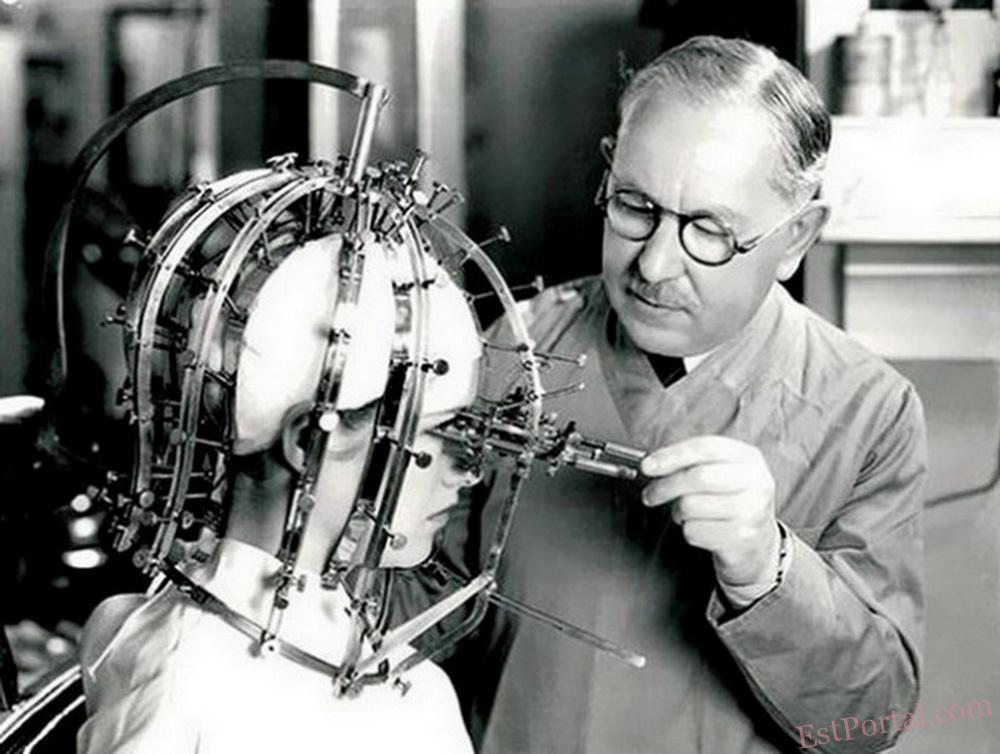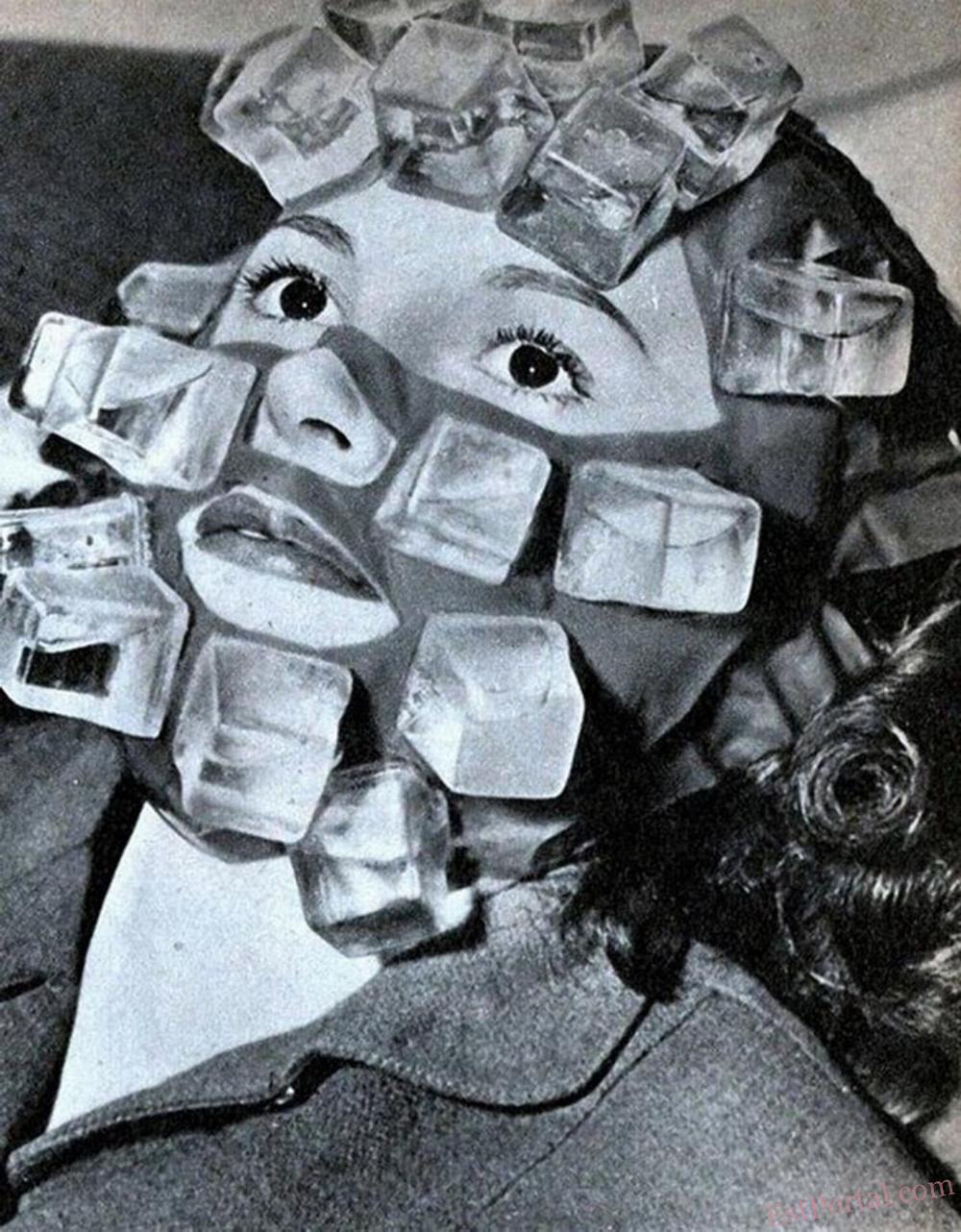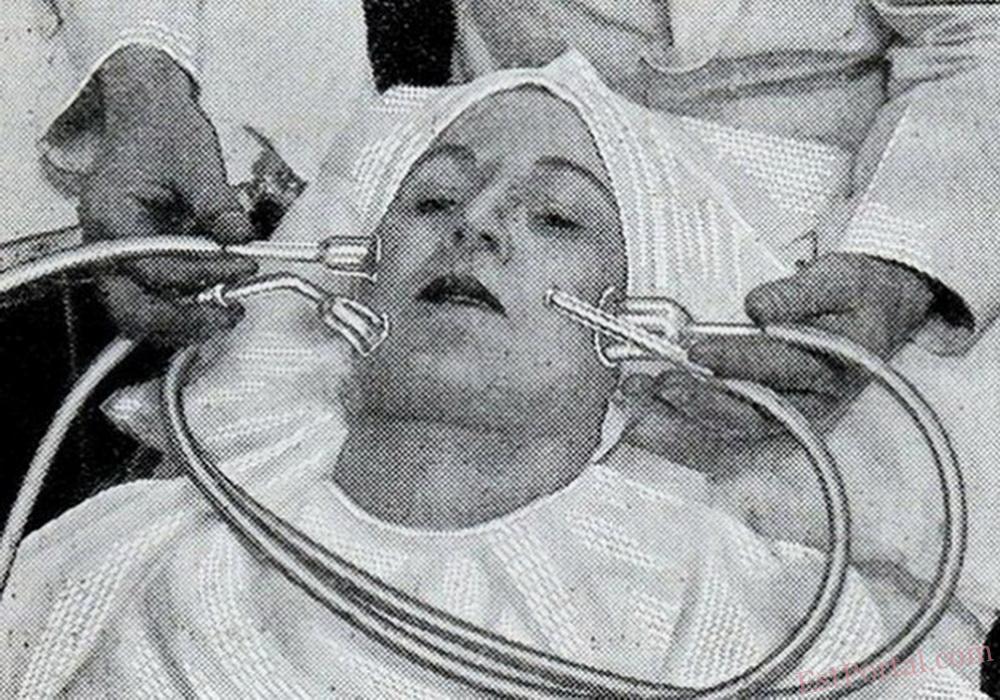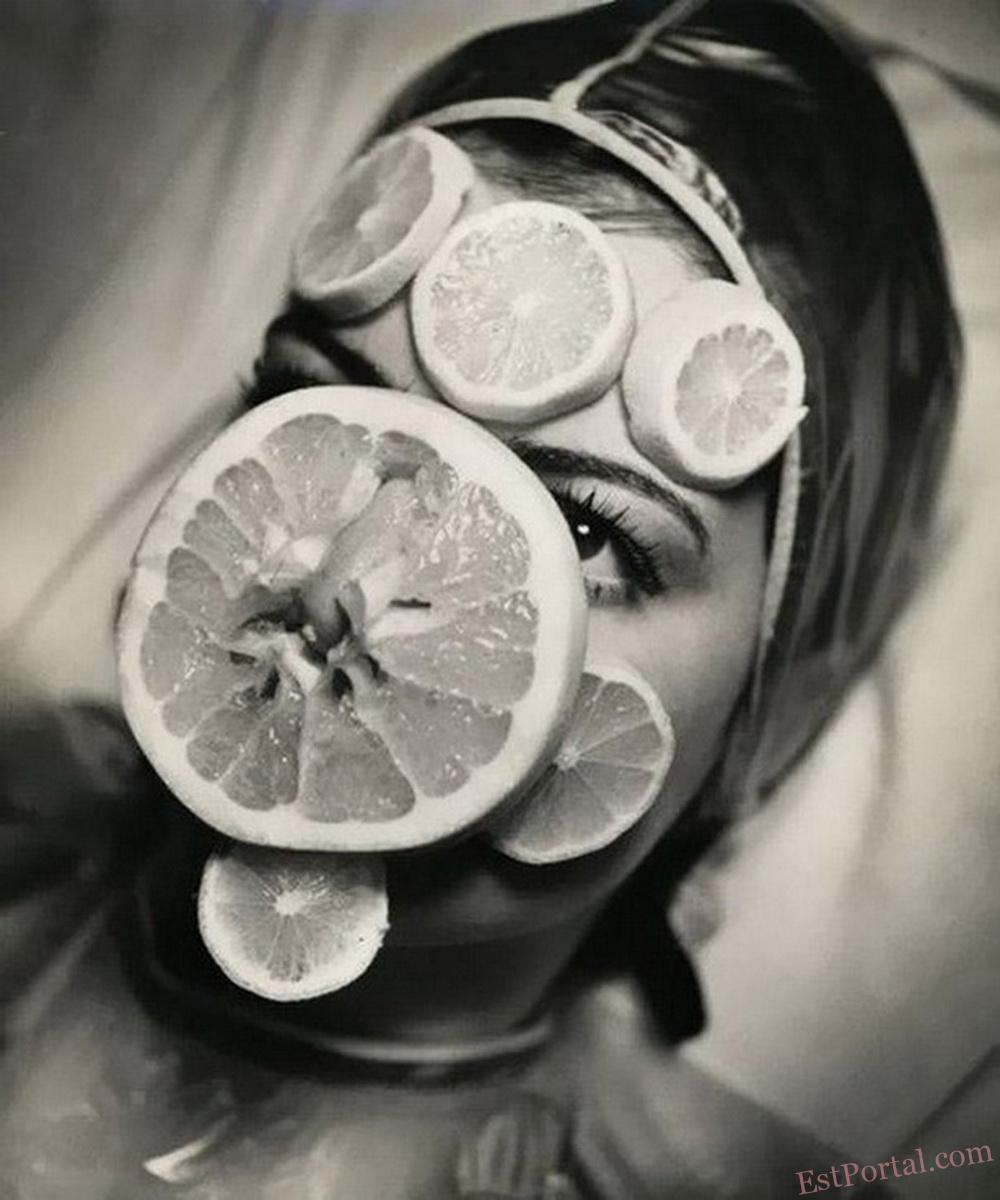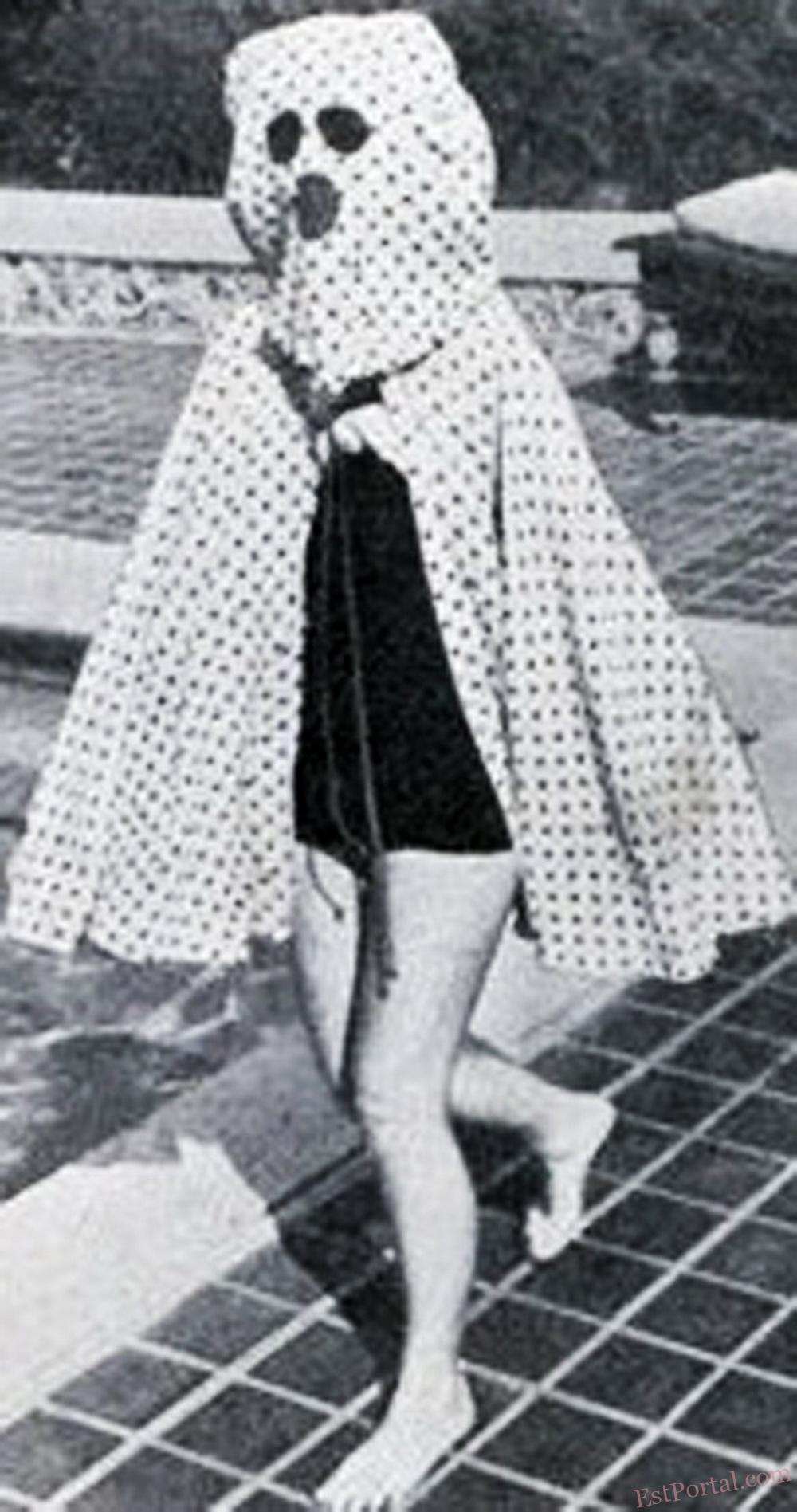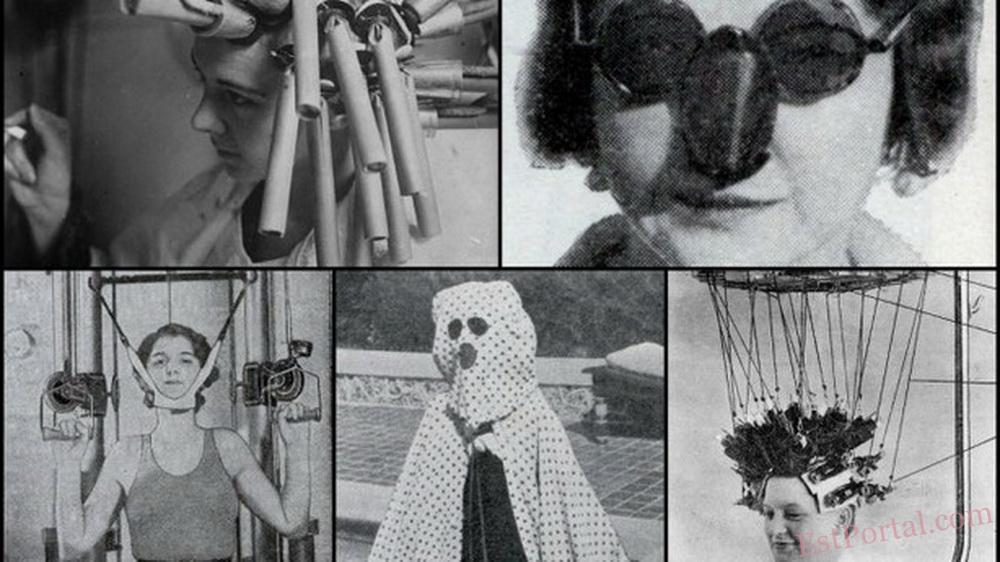
Salon Treatments in the First Half of the 20th Century
Today, beauty treatments are (for the most part) no big deal: creams, masks, wraps, peels and massages. But it took decades of research into the formulation of those very creams and masks to make self-care extremely simple. In the early 20th century, however, many beauty treatments and devices were like torture.
Today, let's take a look into the atmosphere of a beauty salon in the first half of the 20th century. Let's take a look at the treatments girls underwent to maintain their beauty.
Here's how perm hair was done in Germany in 1929.
Another hair curling machine popular in the 1940s. A girl had to sit in this chair for hours to achieve results. This was largely why you had to choose “your” master, so that you wouldn't be bored and had someone to chat to.
And this is what drying with a hairdryer looked like in the 1920s.
Max Factor, founded by Maximilian Factorovich, was a true innovator in the world of feminine beauty. Here, for example, is a device that, in the 1930s, helped to measure the consistency of the face with beauty standards and intelligently select the right make-up.
The Max Factor brand invented another engineering marvel in the 1930s – a mask fitted with plastic cubes that could be filled with water and frozen. This device was an aid to relieve facial puffiness.
Freckles were rarely popular, so in the 1930s a device was specially developed that removed freckles with carbon dioxide. Patients' eyes were covered with sealed plugs and their nostrils were plugged for protection. They had to breathe through a tube with a filter.
In 1940, an electric mask was developed that, by heating it, stimulated blood circulation and the skin became healthier.
“The ‘Alpine' mask, 1930. According to advertisements, this mask guaranteed a beautiful pink complexion and supposedly was a substitute for a walk in the mountains. And all thanks to its reduced atmospheric pressure.
And these rubber ‘beauty masks' were worn by girls in the 1920s to get rid of wrinkles and skin imperfections.
In 1936, Isabella Gilbert of Rochester, New York, developed a ‘machine' to create dimples on the cheeks. To create the desired dimples, this device was worn on the face, fastened behind the ears and under the chin, and two rods pressed firmly on the cheeks. According to the advertisement, after continuous use, the device “soon created a beautiful set of dimples”. The American Medical Association claimed that the Dimple Maker could not make dimples or even enhance the original dimples. They also stated that prolonged use of the device could cause cancer.
Vacuum massage for smooth skin and a beautiful complexion, 1930s.
This is how fruit masks were made in salons in the 1930s.
A facelift mask at Helena Rubinstein's salon, 1940s.
Sunscreen didn't exist until the mid-1940s and beach goers were forced to find a way to protect their skin from the sun's harmful rays. So they used capes with built-in sunglasses.
Vibromassager at the Zander Institute in Berlin, 1928.
A special device that “breaks down fat” at a New York gym, 1930.
Stretching trainer.
Foot massage with metal slimming rollers. USA, 1940s.
So much for a beauty salon at the beginning of the twentieth century. We can only rejoice that many of the procedures have now become much more aesthetically pleasing! Although, maybe that's just the way we see it? Who knows, won't our great-granddaughters a hundred years from now be just as horrified by today's methods?
Nataliya CHAYKA – Editor of ESTportal, Aesthetic Doctor





